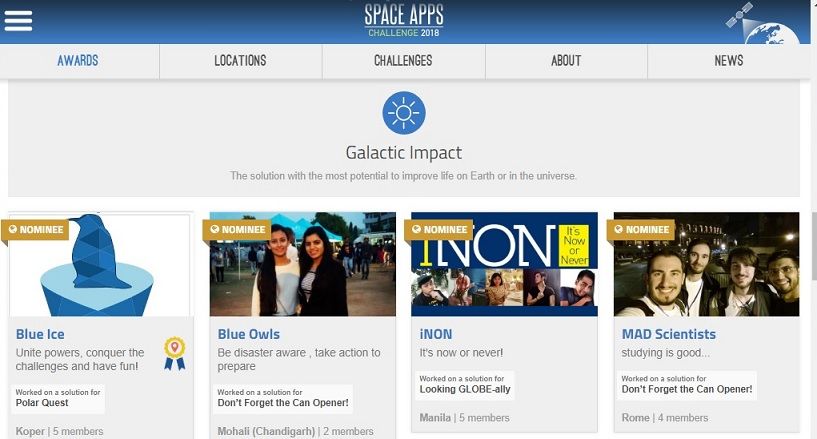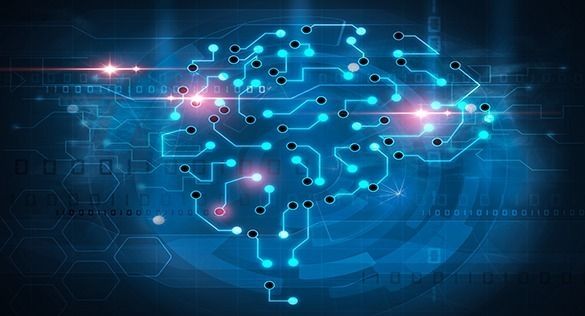A major threat to America has been largely ignored by those who could prevent it. An electromagnetic pulse (EMP) attack could wreak havoc on the nation’s electronic systems-shutting down power grids, sources, and supply mechanisms. An EMP attack on the United States could irreparably cripple the country. It could simultaneously inflict large-scale damage and critically limit our recovery abilities. Congress and the new Administration must recognize the significance of the EMP threat and take the necessary steps to protect against it.
Systems Gone Haywire
An EMP is a high-intensity burst of electromagnetic energy caused by the rapid acceleration of charged particles. In an attack, these particles interact and send electrical systems into chaos in three ways: First, the electromagnetic shock disrupts electronics, such as sensors, communications systems, protective systems, computers, and other similar devices. The second component has a slightly smaller range and is similar in effect to lightning. Although protective measures have long been established for lightning strikes, the potential for damage to critical infrastructure from this component exists because it rapidly follows and compounds the first component. The final component is slower than the previous two, but has a longer duration. It is a pulse that flows through electricity transmission lines-damaging distribution centers and fusing power lines. The combination of the three components can easily cause irreversible damage to many electronic systems.









